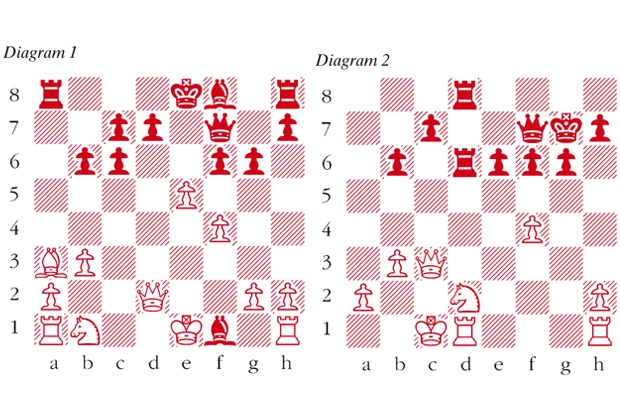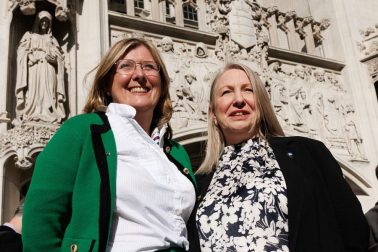Recently Professor Jackie Eales gave a lecture in Canterbury on ‘Queenship in the Age of the Enraged Chess Queen’. (The title of course refers to the new powers conferred on the queen as a piece after the transition from the slower Arabic and medieval games.) In 1560 the bishop of Limoges, the French ambassador in Madrid, sent Mary Queen of Scots a chess book, having heard that she took great pleasure in the game. The author was the famous Saffran, described by the bishop as one of the greatest players ever seen, who had beaten all of Italy and the rest of the world. Professor Eales inferred that the ‘famous Saffran’ was none other than the Spanish expert Ruy Lopez, author of the book Libro De La Invencion Liberal Y Arte Del Juego Del Axedrez. This is widely assumed to have been published under licence from King Philip II of Spain (of Armada fame) at Alcala in 1561. However the letter from Bishop de Laubespine is dated 1560. Le Saffre, Professor Eales deduces, refers to Zafra in Estramadura, the home of Lopez.
An important question is whether there was, in fact, a 1560 version of the Lopez book. How, otherwise, could de Laubespine already be referring to it? Perhaps he sent Queen Mary a manuscript version.
Here is a heavyweight encounter involving the Scotch Game.
Kasparov-Karpov: Tilburg 1991; Scotch Game
1 e4 e5 2 Nf3 Nc6 3 d4 exd4 Black played 3 … Nxd4 in the game last week between London and Edinburgh. The game Keene-Nunn, Richmond 1963 also saw a similar line: 3 … Nxd4 4 Nxd4 exd4 5 Qxd4 d6 6 Bc4 when White had a good position and went on to win. See today’s puzzle for the conclusion. 4 Nxd4 Nf6 5 Nxc6 bxc6 6 e5 Qe7 7 Qe2 Nd5 8 c4 Ba6 9 b3 g6 10 f4 f6 11 Ba3 Qf7 12 Qd2 Nb6 13 c5 Bxf1 14 cxb6 axb6 (see diagram 1) 15 e6! This brilliant move enables White to win a piece in the most efficient fashion since it keeps the centre closed and forces a weakening on c6.
Instead 15 Bxf8 Bxg2 16 Qxg2 Rxf8 is quite playable for Black. 15 … dxe6 16 Bxf8 Rd8 17 Qb2 Bxg2 Much better is 17 … Ba6 when, in spite of being a piece ahead, White has problems coordinating his position. 18 Qxg2 Kxf8 19 Qxc6 Rd6 20 Qc3 Kg7 21 Nd2 Rhd8 22 0-0-0 (see diagram 2) White is now a safe piece up and stands much better. 22 … Qe8 23 Qxc7+ R8d7 24 Qc2 Qb8 25 Nc4 Rd5 26 Qf2 Qc7 27 Qxb6 Qxf4+ 28 Qe3 Qg4 29 Rdg1 Qh4 30 Rg3 e5 31 Rh3 Qg4 32 Rg1 Rd1+ 33 Rxd1 Qxd1+ 34 Kb2 h5 35 Rg3 Qh1 36 Qf2 h4 37 Qg2 Qxg2+ 38 Rxg2 g5 39 a4 Kg6 40 a5 e4 41 b4 h3 42 Rg3 Rh7 43 a6 f5 44 Ra3 Black resigns





Comments